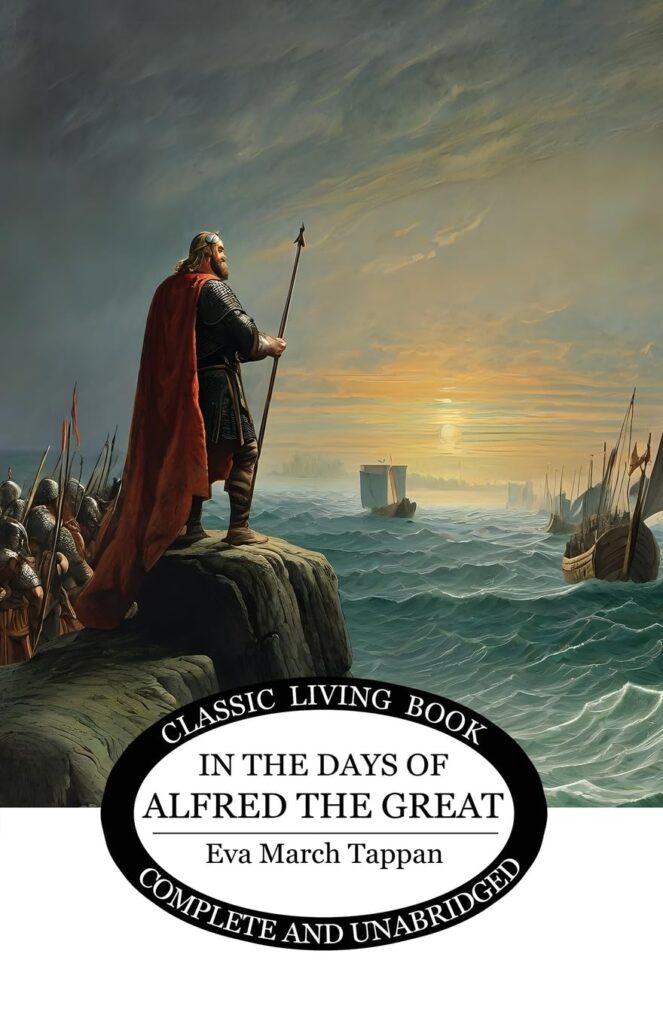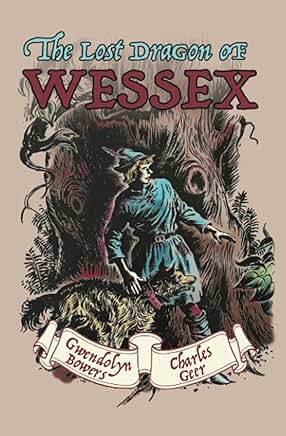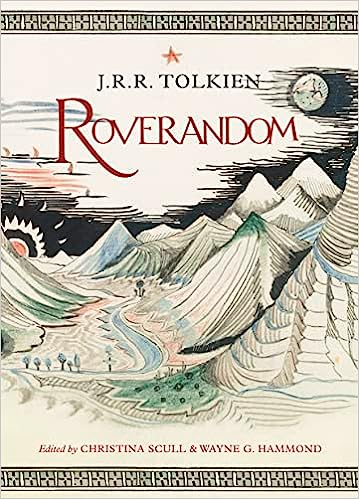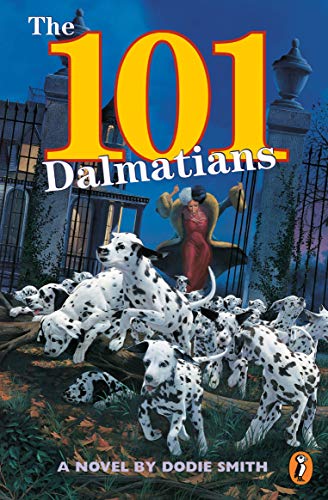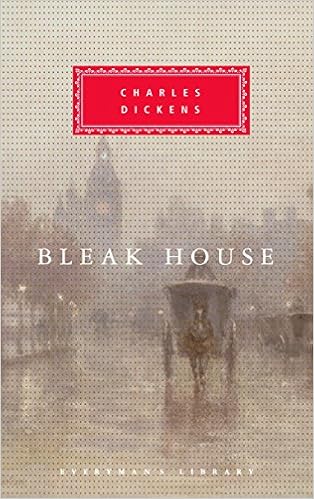I’ve now read three books, two fiction and one nonfiction, about the the life and times of Alfred the Great, King of Wessex (southern England) in the ninth century. I may not know all there is to know about Alfred, aka Aelfred, but I certainly know enough to admire and appreciate the man and his accomplishments.
I read The Namesake by C. Walter Hodges last year and skimmed it last week to compare it with the other two books. As you can tell from my review, Alfred in this book is portrayed as a Philosopher King, and I think that a fair portrayal, although he certainly knew battle tactics and politics, too.
In Eva March Tappan’s In the Days of Alfred the Great, the reader gains a lot more background about Alfred and his life and the political situation in Britain and the stories that were told about Alfred. I think I enjoyed this narrative nonfiction book even more than the two fictional treatments of Alfred’s life. I understand why the author who wished to write about Alfred the Great might choose a novel form: a lot of what is known about the man and his times is legend and story, not really verified. However, Ms. Tappan inserts dialog and story into her nonfiction narrative, making it readable, but also believable. I thought the story made Alfred come alive , and I learned a lot about “the days of Alfred the Great.” I purchased In the Days of Alfred the Great in a reprint edition from Living Book Press, and I recommend the LBP edition of this classic history book.
The third book I read, from another small publisher, Smidgen Press, is called The Lost Dragon of Wessex. It tells the story of an orphan boy who becomes involved in the struggle between the Saxons under Alfred the Great and the invading Danes. Wulf, in the beginning of the story, is a simple forest-dwelling peasant boy who has never been away from home. When Wulf meets a stranger and follows him to the court of Alfred, the boy encounters adventure and testing that will bring him into manhood and into his calling as either a soldier or a bard, or maybe both. The journeys in this story are from forest to city, from ignorance to education, from England to Sweden and back, and from boy to man, and the focus of the story is on Wulf and what Wulf learns in the court of King Alfred, not so much on the king himself or his character and battles.
So, the three books complement one another. The Namesake shows us a fictional, but noble King Alfred as he is remembered by the old man that King Alfred mentored and taught when the man, named Alfred also, was a boy. In the Days of Alfred the Great shows where Alfred came from, the stories that were told of him as a boy and as a man, and the challenges he had to face in defeating the Danes and bringing learning and books to his own people, the Saxons of Wessex. The Lost Dragon of Wessex presents us with Alfred at the height of powers and influence and shows what that influence might have been on one boy as well as on the country as a whole.
Have you read any books about Alfred the Great? What would you recommend?
